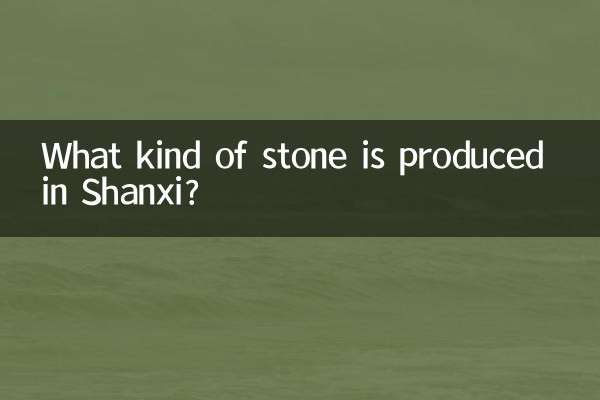What kind of sand is used for casting?
In the foundry industry, foundry sand is one of the most important materials, which directly affects the quality and production efficiency of castings. So, what exactly is the sand used for casting? This article will introduce in detail the types, characteristics and application scenarios of foundry sand, and combine it with structured data to help readers better understand.
1. Types of foundry sand

Foundry sand is mainly divided into two categories: natural sand and synthetic sand. The specific classification is as follows:
| Type | Name | Main ingredients | Features |
|---|---|---|---|
| natural sand | Silica sand | SiO₂ (Silicon Dioxide) | High refractoriness, low price, but contains many impurities |
| olivine sand | Forsterite, Fayalite | Low thermal expansion coefficient, suitable for precision casting | |
| synthetic sand | resin sand | Quartz sand + resin binder | High strength and easy to demould, but the cost is higher |
| water glass sand | Quartz sand + water glass | Environmentally friendly, but easy to absorb moisture | |
| Coated sand | Quartz sand + phenolic resin | Good fluidity, suitable for complex castings |
2. Physical properties of foundry sand
The physical properties of foundry sand directly affect its use. The following are the key parameters of several common foundry sands:
| sand mold | Particle size (mesh) | Refractory degree (℃) | Thermal expansion rate (%) |
|---|---|---|---|
| Silica sand | 50-140 | 1700-1750 | 1.2-1.5 |
| olivine sand | 70-200 | 1600-1650 | 0.8-1.0 |
| resin sand | 70-120 | 1400-1500 | 0.5-0.8 |
3. Application scenarios of foundry sand
Different casting processes have different sand requirements. The following is the correspondence between common casting processes and applicable sand molds:
| Casting process | Recommended sand mold | Advantages |
|---|---|---|
| sand casting | Silica sand, water glass sand | Low cost and wide application range |
| Precision casting | Coated sand, olivine sand | High dimensional accuracy and smooth surface |
| lost foam casting | resin sand | Easy to demould and reduce pore defects |
4. Environmental protection and regeneration of foundry sand
With the improvement of environmental protection requirements, the recycling of foundry sand has become an industry trend. The following are the recycling rates and environmental protection properties of several types of sand:
| sand mold | Regeneration rate (%) | Environmental protection |
|---|---|---|
| Silica sand | 70-80 | General (contains free silica dust) |
| resin sand | 60-70 | Poor (contains organic volatiles) |
| water glass sand | 85-90 | Better (biodegradable) |
5. Summary
The selection of casting sand needs to be comprehensively considered based on the casting material, process requirements and cost. Silica sand is still the mainstream due to its low price, while coated sand and resin sand have more advantages in high-precision casting. In the future, as environmental protection regulations become stricter, the application of environmentally friendly molding sand such as sodium silicate sand will gradually expand. Through scientific sand selection and regeneration technology, the foundry industry can achieve efficient and green production.
The above is a detailed introduction to foundry sand, hoping to provide readers with valuable reference.

check the details

check the details